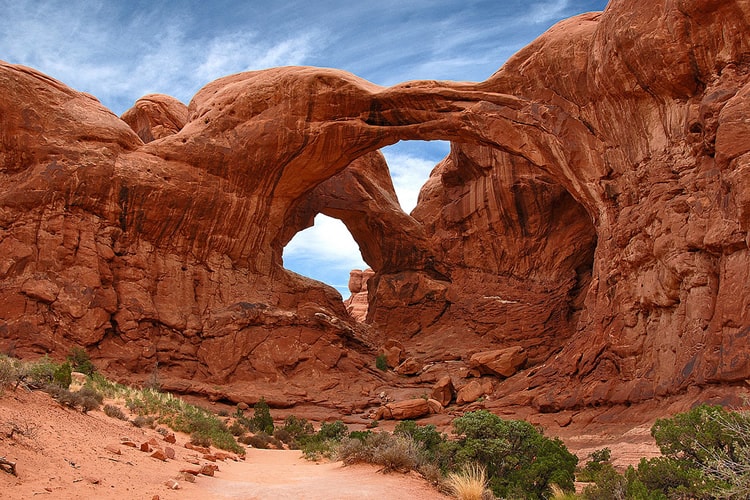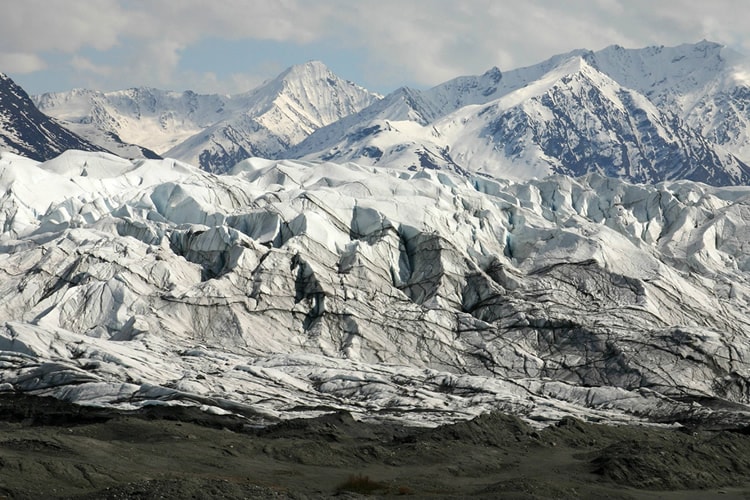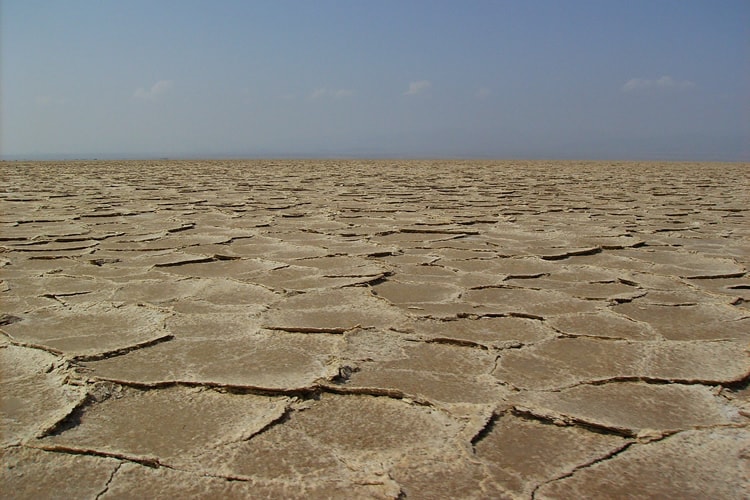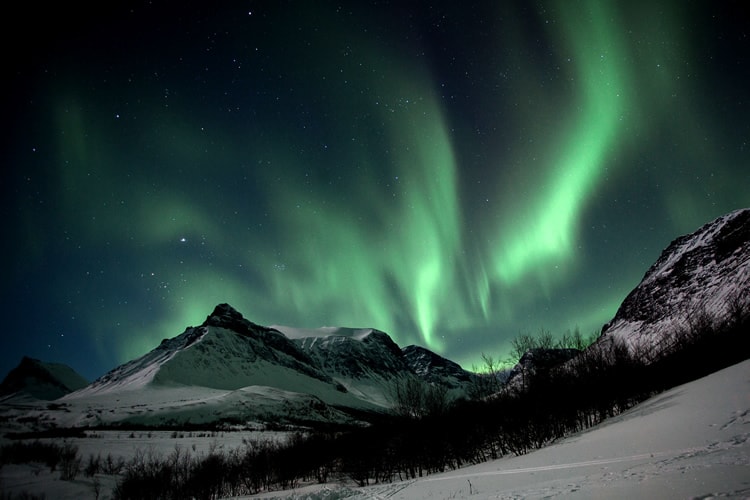The Top Patterns of Nature Perfect for Taking Photographs
Patterns of nature are interesting. They’re always an inspiring photography subject, not just because of the many visual effects that they create, but also because of the natural creativity they imbibe. The patterns are so natural that they’re a wonder to look at. And this is something that a lot of photographers will definitely want to elicit from their audience.
It’s quite easy to find patterns of nature despite of the highly modern environment we are surrounded with. There are flowers, sand, rocks, leaves and other natural wonders wherever we go, no matter what time of the day. It is important, though, to choose the patterns that will stand out best in whatever photographic circumstance.
When you look for patterns of nature to photograph, you also look for and study elements like color, lines, texture and repetition of form. The composition of patterns is an essential factor to consider. These are basically what make patterns attractive and interesting.
One of the good things about pattern photography is the fact that the images can tell a lot of stories. You can come up with a collection that expresses an idea; or one that tells of a tale or legend. And everything is natural; you don’t need too many harsh lights and flashes or any of the advanced equipment you usually use when shooting inside the studio. The more natural, the more beautiful.
The Top Five Specific Patterns
In many places around the world, a photographer will find a variety of interesting patterns of nature. Here are five of the most interesting, attractive and distinct.
Utah’s Arches National Park

photo by Tobias
If it is repetition of form that you are most keen about, Utah’s Arches National Park is the best choice for you. Its natural sandstone arches are a sight to behold. There are other formations that create patterns and tell stories, especially when the winds blow and creates symmetry of lines.
Matanuska Glacier

photo by Frank Kovalchek
Ice is also a good choice when it comes to capturing patterns of nature. The Matanuska Glacier is an excellent example for this. Located in Alaska, the glacier is the largest in this part of the United States. It is a valley glacier that has solid ice flowing like a river. It can be seen even from hundreds of miles away. The many formations on this glacier, which can change accordingly, make for very interesting and awe inspiring patterns. Capturing the glacier through your photographic lens will create many beautiful images.
Danakil Desert

photo by Achilli Family
In Ethiopia, the Danakil Desert presents a lot of images that exemplify the beauty of nature. The natural mystery of the volcanoes and lakes will give you different options for creating fantastic photos of nature’s patterns. The desert itself offers a multitude of patterns – and colors – that make for stunning visual masterpieces. There are small bodies of water and greens and other bushes that create a lot of interesting forms and lines. There’s never an empty or dull space. There’s always something that you can marvel at.
Lake Reflection

photo by Hefin Owen
Reflections of trees or the sky in water also make for a good study and subject on the patterns of nature. The reflections that you see on Wasan Lake in Minnesota give off a dramatic effect. Another good example is Llyn Dinas, a lake near Beddgelert in north Wales. The images the lake, trees and sky create are all natural; there is no sprinkling of anything artificial. It’s like three different elements touching each other. As a result, you capture more than just patterns; you also capture life.
Aurora Borealis

photo by oskar karlin
Photographing the Earth’s atmosphere will give you more than just one amazing pattern of nature. You’ll be enthralled just looking at the different glowing displays you will see. It’s like fireworks in the sky; you’ll see a variety of patterns every now and then. Sometimes, you may catch an Aurora Borealis (Northern Lights that result from the collision of gaseous particles) as it dances (and colors) across the atmosphere. At other times, you might capture an Aurora Borealis in yellow green, wrapping and embracing the night sky in ribbons. You’ll have to go to Canada, particularly the northern part, if you want to capture these fascinating patterns of nature.
There are other objects and places of nature that give off perfect patterns.
- Grasses that dance and sway in the water.
- Freezing water that creates bubbles.
- Leaves of plants.
- Barks of trees.
- Dust roads or highways that seem to go on and on and up and down.
These are just some natural wonders that you can use to come up with perfect patterns of nature images. Often, what you’ll see from afar is a different picture, so it pays a lot if you get close to your subject and focus on a particular aspect or a smaller picture.
Don’t Limit Yourself
When it comes to photographing patterns of nature, you should not limit yourself to the larger, more intimidating picture. Shooting patterns is more about looking at the smaller view for this is how and when you will discover the patterns: the colors, the forms, the lines and the texture – all the elements that make up the greater portrait. Take note of the curves (like the ones you’ll find in the Arches National Park) and the lines (such as those you’ll find in the trees that reflect over waters).
Even the city skyline can be an interesting pattern subject, especially when you’re living in or are close to a metropolitan area.
The best thing to do to find perfect subjects for pattern photography is travel. There are a lot of hidden wonders in many places around the world that can create the pattern and the effect that you are looking for. Don’t stay in just one place. If your hometown has a lot of places that represent interesting composition, take time to study and shoot them, but keep moving. Take a walk in the forest (if you know one) and you’ll be amazed at the many patterns of nature that you will see along the way. Aside from your camera and lens, you only need to bring with you a keen eye and a wonderful kind of curiosity.
